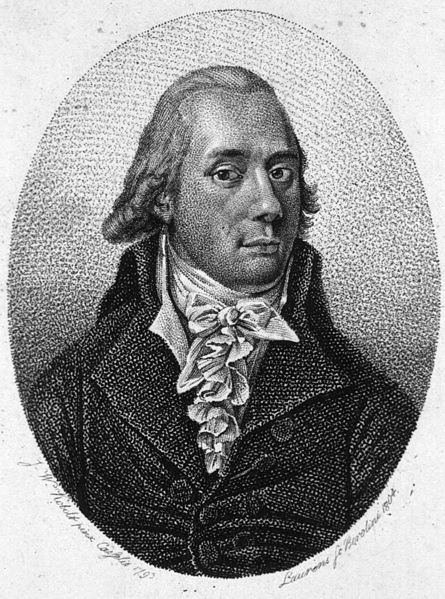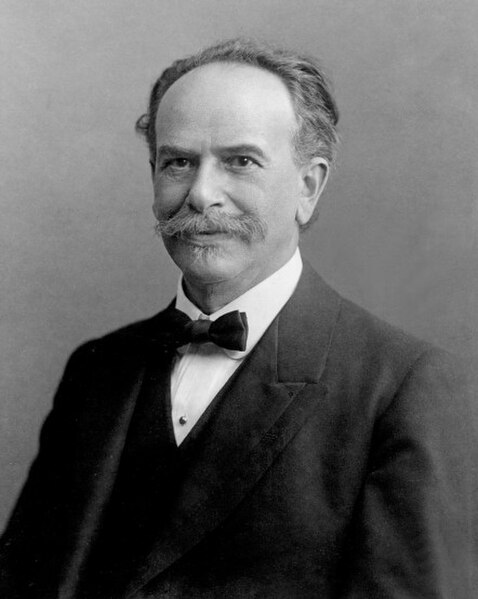Anthropometry refers to the measurement of the human individual. An early tool of physical anthropology, it has been used for identification, for the purposes of understanding human physical variation, in paleoanthropology and in various attempts to correlate physical with racial and psychological traits. Anthropometry involves the systematic measurement of the physical properties of the human body, primarily dimensional descriptors of body size and shape. Since commonly used methods and approaches in analysing living standards were not helpful enough, the anthropometric history became very useful for historians in answering questions that interested them.
A Bertillon record for Francis Galton, from a visit to Bertillon's laboratory in 1893
Example insole (in-shoe) foot pressure measurement device
An early set of finger- and handprints by Sir William Herschel, 2nd Baronet (1833–1917)
2009 photo showing a man having a retinal scan taken by a U.S. Army soldier
Biological anthropology, also known as physical anthropology, is a scientific discipline concerned with the biological and behavioral aspects of human beings, their extinct hominin ancestors, and related non-human primates, particularly from an evolutionary perspective. This subfield of anthropology systematically studies human beings from a biological perspective.
Johann Friedrich Blumenbach
Franz Boas






